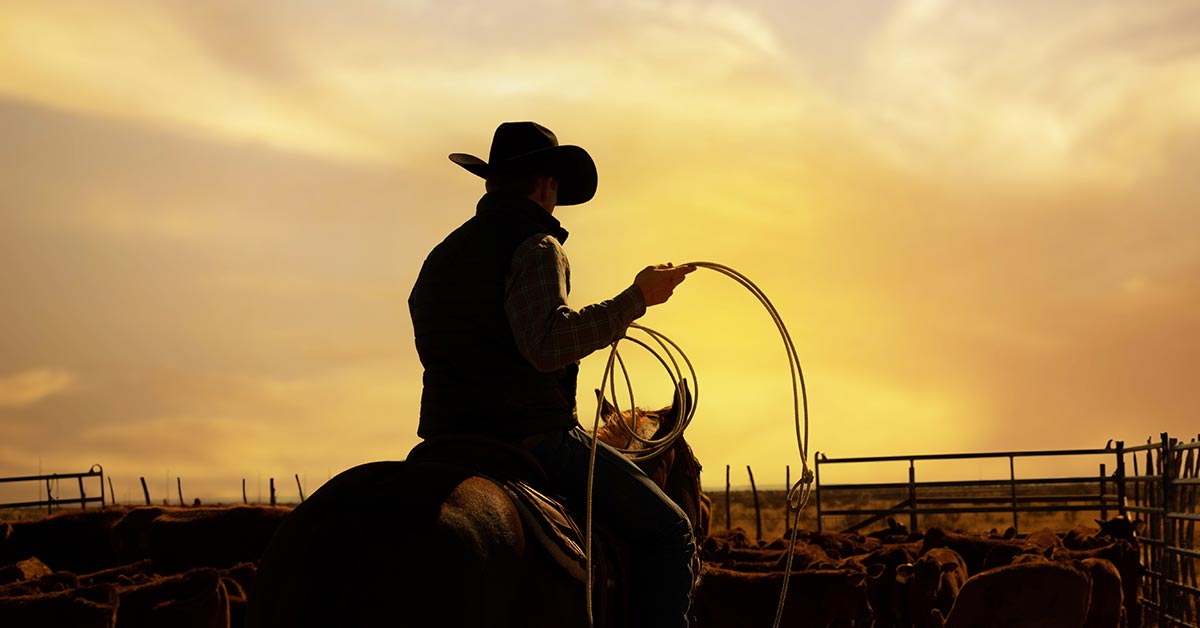
You may know that roping is a demanding sport. It requires a lot of strength and dexterity, and relies heavily on your roping hand – and even both hands – not having a problem!
So – any hand injury can affect a roper’s performance. One client discovered this firsthand after fracturing one of his fingers.
The Impact of Joint Injuries on Hand Function
The human hand is a complex and intricate mechanism, and the slightest injury can significantly affect our lives. The Proximal Inter-Phalangeal (PIP) joint, located in the middle of each finger, often gets injured as a result of
- trauma,
- repetitive movements, or
- medical conditions like arthritis.
When injured, the joint becomes inflamed, swollen, and painful. Sometimes, it may freeze in a bent position. This significantly affects your grip strength and control, making it difficult to carry out essential tasks like holding your coffee or opening a jar!
Traditional treatments are often physical therapy, medication, or even surgery, depending on the severity of your injury. However, if left untreated, PIP joint contracture can lead to long-term damage, including permanent loss of mobility in your finger. This is even more unacceptable if you’re a team roper.
Importance of Roping Hand Coordination
Ropers know how essential it is to use both hands to achieve control, balance, coordination, and safety.
Your roping hand (usually your dominant hand) is primarily responsible for handling the rope and making accurate throws, while your free hand helps you maintain balance, coordination, and overall control during the roping event. So this client needed a solution.
Intelligent Microcurrent Therapy for Holistic Healing
Over a year ago, the client broke his pinky at the PIP joint of his roping hand. The joint was now frozen in a bent position, limiting his ability to straighten it and tightly control the rope.
According to Traditional Chinese Medicine (TCM), all of the body’s systems are interconnected and influence one another. When there’s imbalance in one system, others can be affected.
So – to offer relief and kickstart the client’s healing process, the Equiscope technician combined TCM knowledge with cutting-edge microcurrent therapy and applied protocols on both the finger and the spine to achieve optimal results.
 For protocols 1 and 2, the technician used a plate and a probe on the finger area with the same settings. Protocol 3 was a bilateral spine protocol, where the Equiscope Y probe was applied to both sides of the spine. This delivered targeted pico/microcurrents in order to help
For protocols 1 and 2, the technician used a plate and a probe on the finger area with the same settings. Protocol 3 was a bilateral spine protocol, where the Equiscope Y probe was applied to both sides of the spine. This delivered targeted pico/microcurrents in order to help
- balance the roper’s bioelectrical system,
- promote improvement in his cell functions,
- reduce his pain and inflammation, and
- reduce stiffness and improve the range of motion of his finger.
After the first session, the patient mentioned that the joint felt less tight. Before the second session, he could even close his fingertip to his palm.
Although he could crunch rope, he still couldn’t straighten the finger. But after the third session, his roping hand was significantly better, as he could slide his hand into the pocket with less difficulty! If you’re a roper, you know how important these movements are!
Become an Equiscope Therapist and Make a Positive Impact on Animal Wellbeing
If you’re passionate about helping animals and interested in holistic healing techniques, why not make a positive impact and train to be a specialized Equiscope therapist? Intellbio is the sole global distributor of the Electro-Equiscope and trains technicians at Thorp Institute. Contact us today to find out more.
